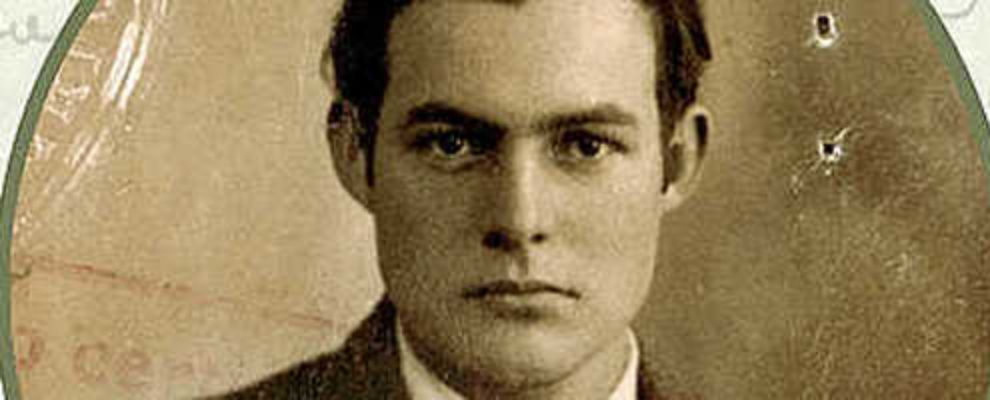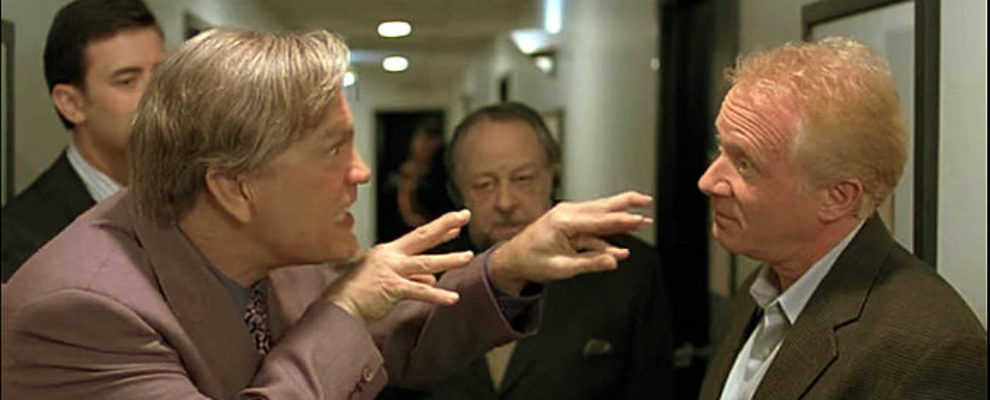Cupboard Maker Books to Art, Business of Writing Classes
Cupboard Maker Books is one of our favorite places and not just because of the 150,000 books and free-roaming cats. Michelle Haring, its intrepid and fearless owner, believes strongly in the benefits of not just reading good books, but writing good books to feed that hunger.
To that end, she hosts a lot of book events at Cupboard Maker Books. She hosts signings, book launches, several monthly book clubs, and anything else of interest to the reading world.
Now, she’s embarking on an exciting new venture, and we at Peschel Press are going to participate in as well.
Michelle is starting a yearlong program on “how to write” for anyone who wants to write their first book. The once-a-month classes will be held at the bookstore, from 5 to 8 p.m. on the third Sunday of each month.
There are twelve classes in all, starting on Sunday, Jan. 19, 2020. Classes don’t end after the three-hour lecture, however. There’s an hour scheduled for dinner and socializing with the instructor and the other students from 8 to 9 p.m.
These classes are appropriate for writers at any stage in their writing career. Half of them are devoted to the craft of writing and the other half to the business of writing. While it’s important to be au courant on your grammar and plotting, don’t forget that writing is also a business. Few writing classes, even at the Mast of Fine Arts level, discusses issues such as cash flow, estate management, or basic understanding of contracts.
This writing program will.
Bill and I are participating, not only by attending the classes, but teach a class on the business of writing: cash flow, contracts, what advances really are, and other fun stuff like that.
It’s appalling how many authors don’t understand that an “advance” is an advance payment on hoped-for royalties and if your books don’t sell enough to “earn out,” you – the writer – will never see another dime. In fact, if you don’t earn out, you may never get another contract with that traditional publisher.
You’ll be signing up for all twelve lessons (no a la carte) and you’ll get instructors like Don Helin, Maria Snyder, Geri Krotow, Laurie J. Edwards to name just a few. And us. We’re not nearly as well-known but Michelle believes we have information that no one else talks about; i.e., money or why if you pay $5,000 to a book packager, you have to earn that much in net profits just to break even.
The tuition is $400 for all twelve classes (and dinner!) or just shy of $35 a class. This is a bargain especially compared to that MFA program you may have been contemplating. Quicker, too. If you sign up before Nov. 30, you’ll receive a discounted rate of $360, in effect getting one class free.
Don’t wait too long to sign up; the class is limited to 20 people.
Bill and I are looking forward to Michelle’s Story Makers Class. We expect to learn a lot for ourselves and to share our hard-earned wisdom about the writing business.
See you on Sunday, Jan. 19, 2020!












